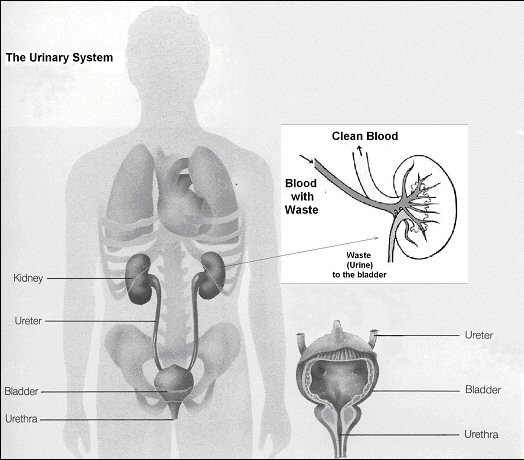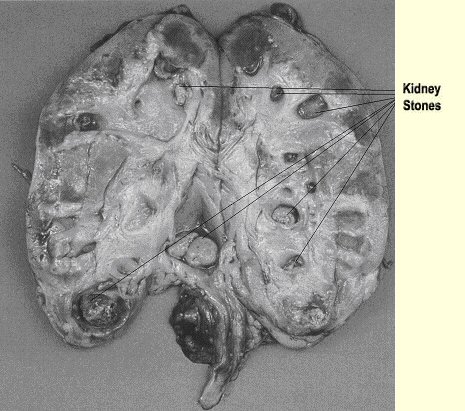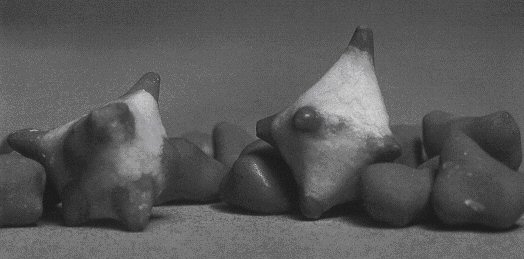By Andreas Moritz
The urinary system is a very important excretory system of the body. It consists of: two kidneys which form and excrete urine; two ureters which convey the urine from the kidneys to the urinary bladder; a urinary bladder where urine collects and is temporarily stored; and, a urethra through which urine is discharged from the urinary bladder to the exterior of the body (see Figure 1).

Figure 1: The Urinary System
Smooth functioning of the urinary system is essential for maintaining the appropriate balance between water and substances dissolved in it, as well as between acid and alkalis. This system is also involved in the disposal of waste products resulting from the breakdown (catabolism) of cell protein in the liver, for example.
Most diseases of the kidneys and other parts of the urinary system are related to an imbalance of simple filtration in the kidneys. About 26-40 gallons (100-150 liters) of dilute filtrate are formed each day by the two kidneys. Of these, 34-52 ounces (1-1.5 liters) are excreted as urine. With the exception of blood cells, platelets and blood proteins, all other blood constituents must pass through the kidneys. The process of filtration is disrupted and weakened by poor performance of the digestive system, and the liver in particular.
Gallstones in the liver and gallbladder reduce the amount of bile necessary to digest food properly. Much of the undigested food begins to ferment and putrefy, leaving toxic waste matter in the blood and lymph. The body’s normal excretions, such as urine, sweat, gases and feces do not usually contain disease-generating waste products; that is, of course, for as long as the passages of elimination remain clear and unobstructed. Disease-causing agents consist of tiny molecules that appear in the blood and lymph, and can be made visible only by powerful electron microscopes.
These molecules have a strong acidifying effect on the blood. To avoid a life-threatening disease or coma, the blood must rid itself of these minute toxins. Accordingly, it dumps these unwanted intruders into the connective tissue of the organs. The connective tissue is a gel-like fluid (lymph) that surrounds the cells. The cells are ‘bathed’ in the connective tissue. Under normal circumstances, the body knows how to deal with acidic waste material that has been deposited in the connective tissue. It releases an alkaline product, sodium bicarbonate (NaHCO3), into the blood that is able to retrieve and neutralize the acidic toxins and eliminate them through the excretory organs. This emergency system, however, begins to fail when toxins are deposited faster than can be retrieved and eliminated. Consequently, the connective tissue may become as thick as jelly; nutrients, water and oxygen can no longer pass freely and the cells of the organs begin to suffer malnutrition, dehydration and oxygen deficiency.
Some of the most acidic compounds are proteins from animal foods. Gallstones inhibit the liver’s ability to break down these proteins. Excessive proteins are temporarily stored in the connective tissues and then converted into collagen fiber. The collagen fiber is built into the basement membranes of the capillary walls. Consequently, the basement membranes may become ten times as thick as normal. A similar situation occurs in the arteries. As the blood vessel walls become increasingly congested, fewer proteins are able to escape the blood stream. This leads to blood thickening, making it more and more difficult for the kidneys to filter it. At the same time, the basement membranes of the blood vessels supplying the kidneys also become congested. As this process of hardening of the blood vessels progresses further, blood pressure starts to rise and overall kidney performance drops. Ever-increasing amounts of metabolic waste excreted by kidney cells, normally eliminated via venous blood vessels and lymphatic ducts, are held back and, in turn, increase thickness of the cell membranes.
Through all of this, the kidneys become overburdened and can no longer maintain normal fluid and electrolyte balance. In addition, there may be precipitation of urinary components that form into crystals and stones of various types and sizes (see Figure 2). Uric acid stones, for example, are formed when uric acid concentration in the urine exceeds the level of 2-4 mg %. This amount was still considered within the range of tolerance until the mid-1960s. Uric acid is a by-product of the breakdown of protein in the liver. Since meat consumption rose sharply at that time, the ‘within the norm’ level has been adjusted to 7.5 mg %. Yet this adjustment does not make uric acid less dangerous for the body. Stones formed from excessive uric acid (also see ‘Bladder stones’ in Figure 3) can lead to urinary obstruction, kidney infection and, eventually, kidney failure.
As kidney cells become increasingly deprived of vital nutrients, including oxygen, malignant tumors may develop. In addition, uric acid crystals that are not eliminated by the kidneys can settle in the joints and cause rheumatism, gout and water retention.
Symptoms of impending kidney trouble are often deceptively mild in comparison to the potential severity of kidney disease. The most observable and common symptoms of kidney problems are abnormal changes in the volume, frequency and coloration of the urine. These are usually accompanied by swelling of the face and ankles, and pain in the upper back. If the disease has progressed further, there may be blurred vision, tiredness, falling off in performance, and nausea. The following symptoms may also indicate malfunctioning of the kidneys: high blood pressure, low blood pressure, pain moving from the upper to lower abdomen, dark brown urine, pain in the back just above the waist, excessive thirst, increase in urination, especially in night time, less than 500ml urine per day, feeling of fullness in the bladder and pain passing urine, drier and browner skin pigment, ankles puffy at night, eyes puffy in morning, bruising and hemorrhage.

Figure 2: Kidney stones imbedded in kidney
All major diseases of the urinary system are caused by toxic blood; in other words, by blood filled with tiny molecules of waste material and excessive proteins. Gallstones in the liver impair digestion, cause blood and lymph congestion and disrupt the entire circulatory system, including that of the urinary system. By removing the gallstones, the urinary system has a chance to recuperate, rid itself of existing accumulated toxins, stones, etc., and maintain fluid balance and normal blood pressure. This is necessary for all the processes in the body to run smoothly and efficiently. There may be a strong need to also cleanse the kidneys (see The Kidney Cleanse in Chapter 5 of The Amazing Liver and Gallbladder Flush.).

Figure 3: Bladder stones
You may share or republish this article provided you clearly mention the name of Andreas Moritz and paste a hyper link back to the post.

